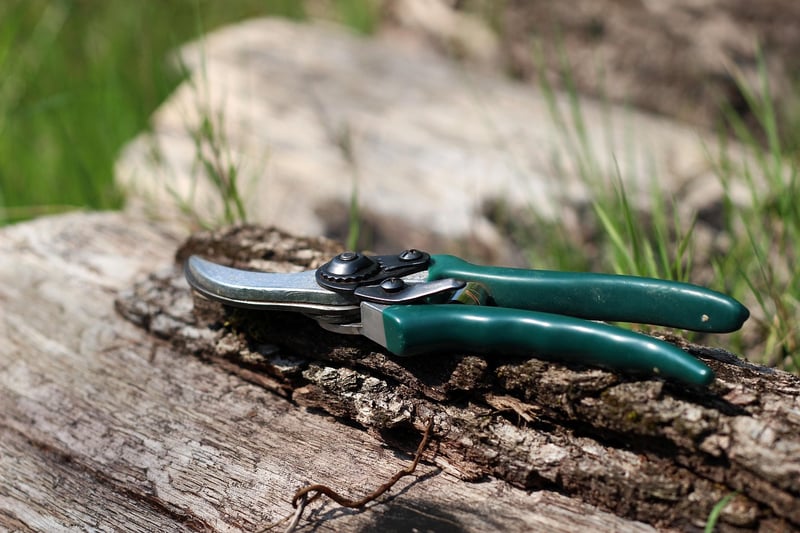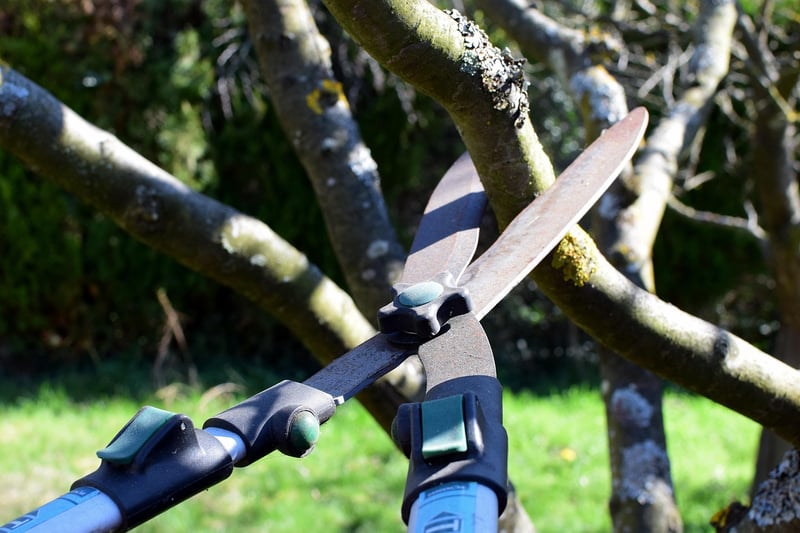Pruning Techniques
Essential Pruning Techniques to Ensure Your Plants Thrive and Bloom
Pruning is a vital practice that can enhance the health and appearance of your plants, leading to beautiful blooms and lush foliage. By understanding the basics of pruning and employing the right techniques, you can help your plants reach their full potential. Here are some essential tips to ensure your plants thrive and bloom:
1. Choose the Right Tools
Before you start pruning, make sure you have the right tools for the job. Sharp and clean pruning shears, loppers for thicker branches, and a pruning saw for larger limbs are essential for making precise cuts without causing damage to the plant.
2. Timing is Key
Timing your pruning efforts correctly can have a significant impact on the growth and flowering of your plants. In general, it's best to prune flowering shrubs right after they bloom to avoid cutting off next season's flower buds. For dormant plants, winter is often the ideal time for pruning.
3. Remove Dead or Diseased Branches
Dead or diseased branches not only detract from the appearance of your plants but can also spread infections to healthy parts. Regularly inspect your plants and promptly remove any dead or diseased branches to promote overall plant health.
4. Prune for Shape and Size
Pruning for shape and size is essential for maintaining a well-balanced and aesthetically pleasing plant. Remove overgrown or crossing branches to improve air circulation and encourage new growth. Additionally, shaping your plants through pruning can help them achieve a more attractive form.
5. Know Your Plant's Growth Habits
Understanding the growth habits of your plants is crucial for effective pruning. Some plants bloom on new growth, while others flower on old wood. Tailor your pruning techniques to suit the specific needs of each plant to maximize blooming potential.
6. Avoid Over-Pruning
While pruning is beneficial, over-pruning can weaken your plants and inhibit blooming. Avoid removing more than a third of the plant's foliage at once and observe how your plants respond to pruning to determine the right balance for optimal growth.
7. Properly Dispose of Pruned Material
Dispose of pruned branches and leaves properly to prevent the spread of diseases. Consider composting organic material or disposing of it in a green waste bin to ensure a clean and healthy gardening environment.

By incorporating these pruning techniques into your gardening routine, you can help your plants thrive, bloom abundantly, and maintain their overall health and vitality. Remember to approach pruning with care and precision to achieve the best results for your beloved plants.
Happy pruning!
